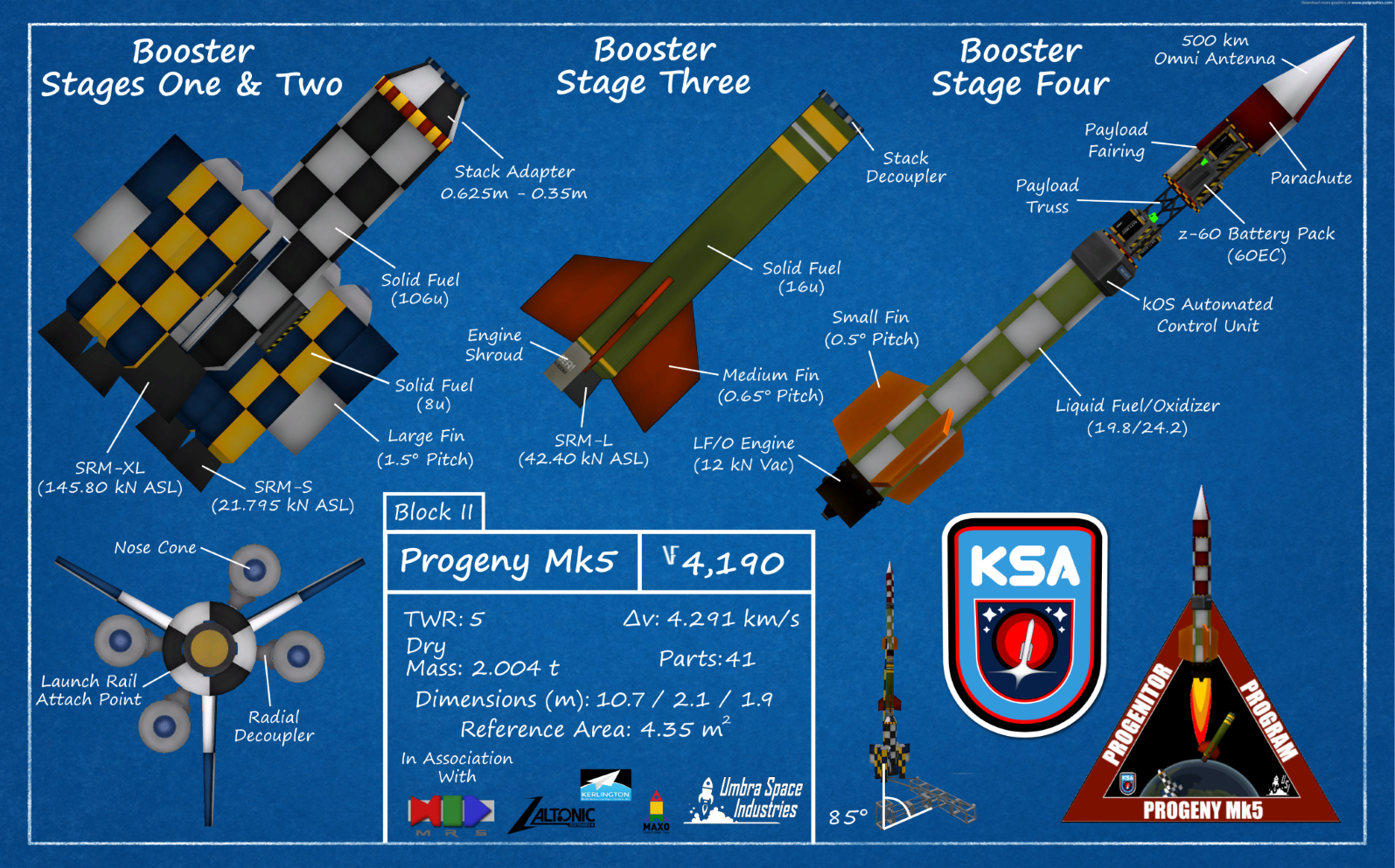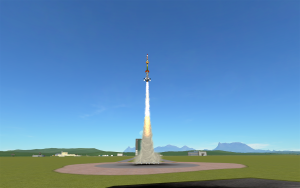 The end of last week saw what we like to call the “final flight” of the Progeny Mk5. Although the Mk5 will continue to serve our sub-orbital needs the rocket has been redesigned into two new Block I and Block II variants that will be the only type of Mk5 flown going forward. This Mk5 was built from spare parts originally meant to replace any broken/damaged parts for the Mk5’s initial 5-launch campaign, which didn’t need them, and the boosters are less powerful than the newer Block variants. We’re happy to say the launch was a complete success and a great end to the initial run of Mk5 rockets, which only suffered one failure.
The end of last week saw what we like to call the “final flight” of the Progeny Mk5. Although the Mk5 will continue to serve our sub-orbital needs the rocket has been redesigned into two new Block I and Block II variants that will be the only type of Mk5 flown going forward. This Mk5 was built from spare parts originally meant to replace any broken/damaged parts for the Mk5’s initial 5-launch campaign, which didn’t need them, and the boosters are less powerful than the newer Block variants. We’re happy to say the launch was a complete success and a great end to the initial run of Mk5 rockets, which only suffered one failure.
We made some changes to the flight profile of this launch, which was the first Mk5 to leave the pad at an 85° pitch angle rather than 87°. Instead of waiting for the nose to drop 1.5° of pitch before igniting the next booster, we only waited for 1° and when the 3rd stage liquid booster engine fired the Automated Flight Control System took control of the throttle to maintain a TWR of 2 until it detected dynamic pressure begin to fall, at which point it throttled up to full while ensuring pressure continued to drop. These changes were made to see how a faster vertical ascent would affect the flight when launched from a lower initial pitch.
Upon launch the nose raised about 1.1°, which is similar to the performance of the Progeny Mk4. The shorter coast periods had no ill-effect on the rocket due to the higher pressures encountered when given less time to slow down. The auto-throttle of the third stage booster worked great and the rocket coasted to an apokee of 107km while gathering data from both its scientific instruments. It fell back through the atmosphere with a 25s comm blackout due to re-entry heat and splashed down in the Kerblantic 67km downrange after a total flight time of 8m37s. You can view complete telemetry for the mission here.












